Now I’ve incorporated a second servo into the code and I’m able to control two servos independently with the ATmega32. This is all on a dev-board however and not very useful yet.
For those of you that have hobbied in electronics you know that getting something to work on a dev board is only half the battle. There is a lot that can go wrong between the dev board and a hobby box.
Here again are the steps necessary to get to where I have an autopilot in the RV.
For those of you that have hobbied in electronics you know that getting something to work on a dev board is only half the battle. There is a lot that can go wrong between the dev board and a hobby box.
Here again are the steps necessary to get to where I have an autopilot in the RV.
- Control servo with microcontroller
- Control multiple servos with microcontroller
- Incorporate buttons and control servos with microcontroller and package it all
- Incorporate servo into elevator to control the trim tab
- Put entire mechanism into RV-6
- Verify that the trim tab has sufficient control authority (test flights)
- Add servo control to ailerons
- Verify that aileron servo has sufficient control authority (test flights)
- Add sensor package to airplane that interface through microcontroller
- Interface microcontroller with Matlab/Simulink
- Develop control algorithms
- Verify stability of control algorithms
- Gain tuning
- Port control algorithm from Matlab/Simulink to C
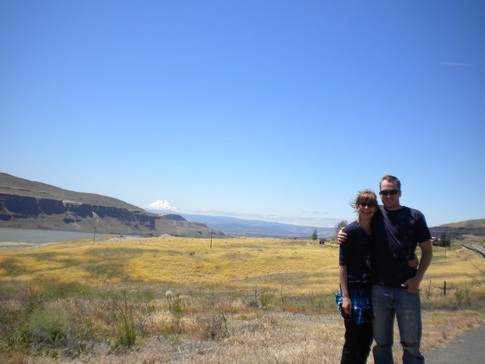
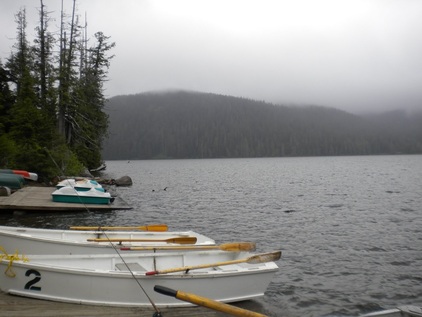
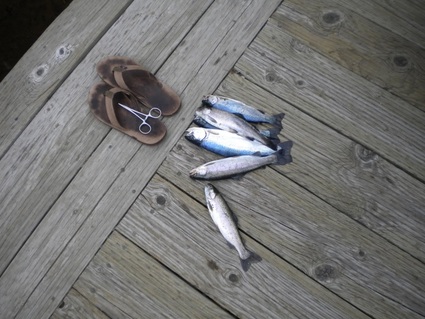
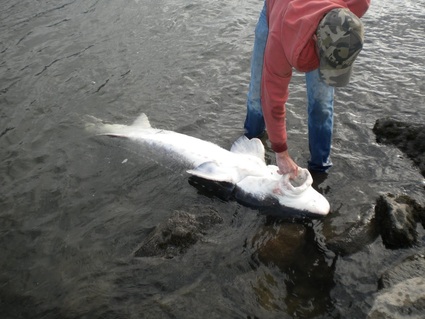
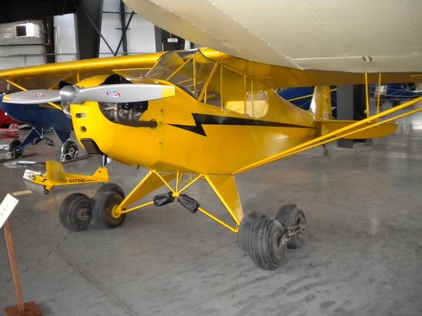
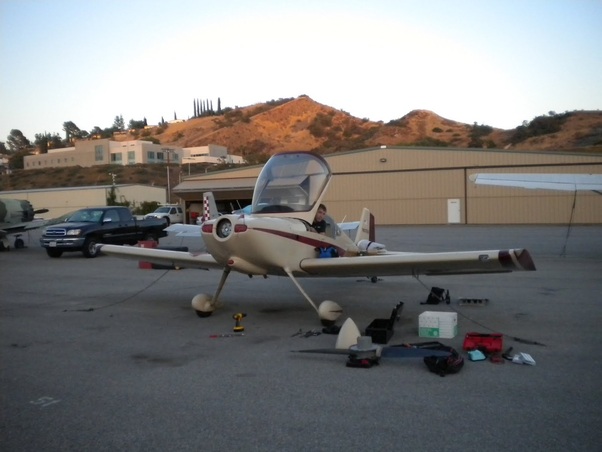
 RSS Feed
RSS Feed
